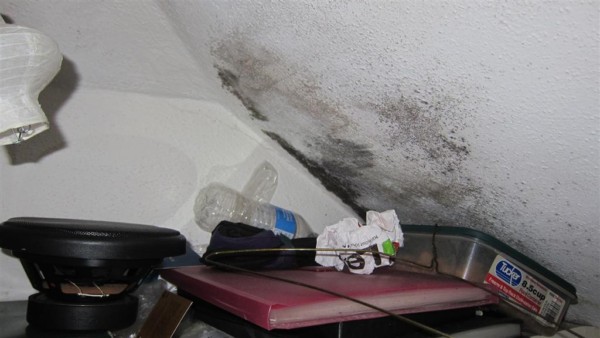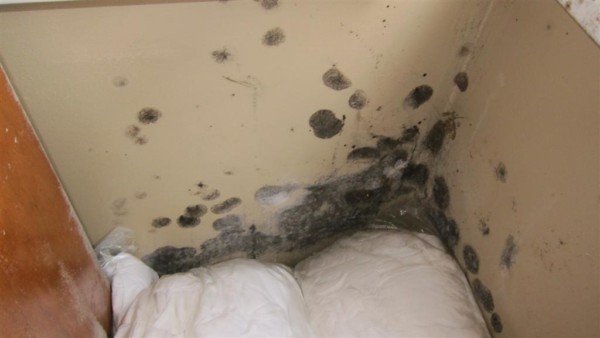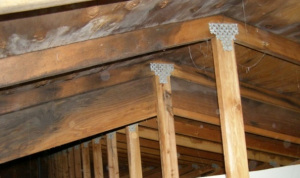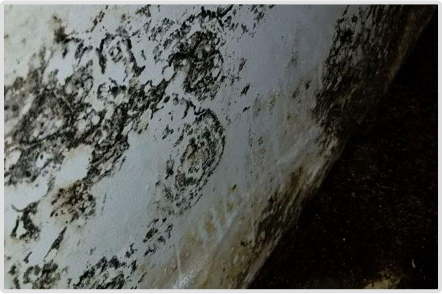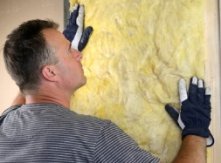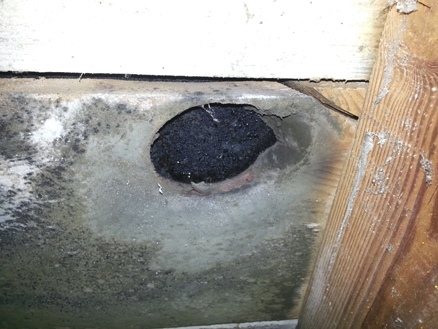A Complete Guide to MCBs
This guide to miniature circuit breakers (MCBs) explains everything you need to know about the types and sizes available. We outline the best brands and explain the function of MCBs in your electrical projects.
What is an MCB?
Let’s start with the basics – just what is a miniature circuit breaker? An MCB is an automatically operated electrical switch. Miniature circuit breakers are intended to prevent damage to an electrical circuit as a result of excess current. They are designed to trip during an overload or short circuit to protect against electrical faults and equipment failure.
MCBs are widely used as isolating components in domestic, commercial, and industrial settings. They form part of a broader family of more powerful circuit-breaking components.
How Does a Miniature Circuit Breaker Work?
Mini circuit breakers are triggered by overcurrent – electrical current that exceeds a designated safe current and makes use of a relatively robust mechanical mechanism designed to minimise failures and false alarms
Excess current causes the bimetallic strip within the MCB to heat, bend, and trip. This releases a switch which moves the electrical contact points apart to confine the arc (electrical discharge). The arc is divided and cooled by an insulated metal strip called the arc chute. The contacts close again once the fault has been fixed and the MCBs are reset.
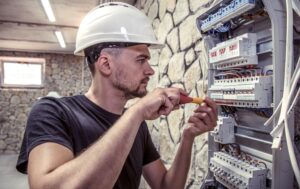
A GUIDE TO YOUR HOME’S CIRCUIT BREAKER PANEL
Your home’s circuit breaker performs two vital roles. First, it distributes the power coming into your home into circuits that provide electricity everywhere you need it. Next, it protects these circuits from overloads with circuit breakers that interrupt the flow when there’s danger. In this article we’ll examine what circuit breaker panels do, plus when and why you may want to replace or upgrade them.
One of the most crucial parts of your home’s electrical system is one you probably don’t think about very often. That part is the breaker panel, also known as the breaker box or electric service panel. It’s crucial because all the electricity that your home uses flows through this unobtrusive piece of hardware. Properly configured, you’ll probably give it very little thought. But if it isn’t up to the job, you may find its failings very inconvenient, or even find that the safety of your home is compromised.
In this article, we’ll examine what the breaker panel is, how it works, and more. And we’ll look at some of the reasons you may want to have your breaker panel checked by qualified electricians or maybe even have your panel replaced or upgraded. Let’s start by learning the basics of breaker panels.
Your breaker panel is the connection between the power grid outside of your home and the wiring inside. It is the central distribution point that ensures that all the electrical outlets, appliances, lights, heating, and more get the necessary power. Power comes into the breaker panel from the outside through what is known as a service drop, either from buried power lines or power poles. From there the breaker panel splits the power off to branch circuits that power your home.
The term “breaker panel” comes from the circuit breakers that control power to each of the branch circuits leading out of the panel. The circuit breakers perform an important safety function by shutting off power to branch circuits when they detect an overload. That’s why you may have experienced a circuit breaker tripping (shutting off) when you’ve plugged in one too many appliances in your kitchen
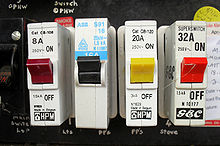
The Beginner’s Guide to Circuit Breaker Types
Circuit breakers are an essential part of the modern-day world but not much is known about them by the public. Circuit breakers are one of the most important safety devices in your home, as they regulate the flow of electricity through your house.
Circuit Breaker Function
When electricity enters your home from a power distribution grid, it goes into a circuit breaker box. From there, the current is divided into several circuits, each of which is protected by a fuse or a breaker. The circuits provide power to different parts of your home while the breakers regulate the currents. There are a switch and a moving conductive plate within the circuit breaker, and, when electricity comes into play, the switch is moved by the plate.
Magnetic Circuit Breaker
These types of breakers use an electromagnet, also referred to as a solenoid. The solenoid generates a magnetic field to gauge the strength of the current, which increases with the increasing current. The strength of the magnet, therefore, increases with the force of the current. The magnetic field pulls on a lever within the breaker and, when the current exceeds acceptable limits, the lever forces the switch to flip and cuts the electricity.
Thermal Circuit Breaker
As the name would suggest, thermal circuit breakers use heat to break a circuit. These are found mostly in distribution boards. This breaker employs the use of a bimetallic strip. This strip is made of two different types of metal running side by side that react to heat by expanding and bending. This bending increases with stronger currents and, eventually, the strip bends at an angle and breaks the circuit.
Hybrid Circuit Breaker
The third common circuit breaker is a hybrid. This breaker uses both electromagnetism and heat to detect and regulate currents. This configuration employs both a bimetal switch and electromagnet. The bimetallic strip handles overcurrents and long-lasting power surges. The magnetic component handles the short-circuit currents. This type of circuit breaker is configured to combat quick surges, as well as detect and cut long-term overcurrents.
Guide to a Single-Pole Circuit Breaker
In-home circuit-breaker panels, the standard protection for electrical circuits is provided by either single-pole or double-pole circuit breakers. They are a critical part of the electrical current distribution, providing a safe way to manage branch circuits from the circuit breaker panel.
Circuit breakers fit into the circuit breaker box, usually found in a utility space in your home. They provide a bridge between the main bus bars in the panel that delivers power into your home from the utility company and the circuit wires that run through your home. The circuit breakers are where the hot wires for each circuit are connected.
Their Function
These devices monitor the amount of current being drawn by appliances and lighting fixtures along the circuit and “trip” to shut down the circuit whenever the load becomes high enough to overheat the wires. Further, circuit breakers trip whenever they sense a short circuit or ground-fault that can pose a potential hazard.
Circuit breakers also offer a convenient place to shut off current to a circuit in order to make repairs or replacements to any of the fixtures served by it. The switch on the front of the circuit breaker can easily be flicked off to render a circuit momentarily dead. If the circuit breaker trips, restoring power is an easy matter of resetting the lever. Make sure, though, to address the overload or circuit problem that has caused the circuit breaker to trip in the first place.
Single-Pole vs. Double-Pole
Single-pole circuit breakers supply 120-volt power to circuits, while double-pole circuit breakers supply 240 volts. Most of the light fixtures and ordinary plug-in outlets in your home are served by single-pole 120-volt breakers, while heavy appliances and utilities, such as clothes dryers, whole-house central air conditioning, and electric ranges, are served by 240-volt double-pole breakers.
Circuit breaker
A circuit breaker is an automatically operated electrical switch designed to protect an electrical circuit from damage caused by excess current from an overload or short circuit. Its basic function is to interrupt current flow after a fault is detected. Unlike a fuse, which operates once and then must be replaced, a circuit breaker can be reset (either manually or automatically) to resume normal operation.
Circuit breakers are made in varying sizes, from small devices that protect low-current circuits or individual household appliance, up to large switchgear designed to protect high voltage circuits feeding an entire city. The generic function of a circuit breaker, or fuse, as an automatic means of removing power from a faulty system is often abbreviated as OCPD (Over Current Protection Device).
Its purpose was to protect lighting circuit wiring from accidental short circuits and overloads. A modern miniature circuit breaker similar to the ones now in use was patented
All circuit breaker systems have common features in their operation, but details vary substantially depending on the voltage class, current rating and type of the circuit breaker. The circuit breaker must first detect a fault condition. In small mains and low voltage circuit breakers, this is usually done within the device itself. Typically, the heating or magnetic effects of electric current are employed. Circuit breakers for large currents or high voltages are usually arranged with protective relay pilot devices to sense a fault condition and to operate the opening mechanism. These typically require a separate power source, such as a battery, although some high-voltage circuit breakers are self-contained with current transformers, protective relays, and an internal control power source.
Once a fault is detected, the circuit breaker contacts must open to interrupt the circuit; this is commonly done using mechanically stored energy contained within the breaker, such as a spring or compressed air to separate the contacts. Circuit breakers may also use the higher current caused by the fault to separate the contacts, such as thermal expansion or a magnetic field. Small circuit breakers typically have a manual control lever to switch off the load or reset a tripped breaker, while larger units use solenoids to trip the mechanism, and electric motors to restore energy to the springs.



